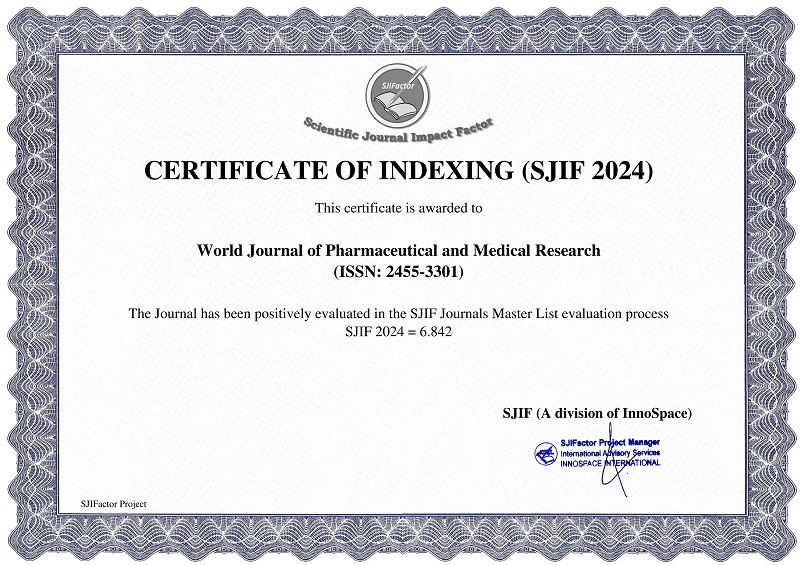HYPERHIDROSIS AND STHAULYA: UNDERSTANDING EXCESSIVE SWEATING IN OBESE INDIVIDUALS
*Dr. Priyanka Mittal and Dr. Himanshu Saini
ABSTRACT
Obesity is a major global health challenge characterized by excessive body fat accumulation, which negatively impacts health and well-being. According to Ayurveda, Sthaulya roga is classified as a lifestyle disease that arises when an individual does not adhere to the daily and seasonal routines (Dinacharya and Ritucharya) and dietary guidelines (Pathya and Apathya) outlined in Ayurvedic texts. Charaka Samhita, a prominent Ayurvedic text, identifies Sthaulya as one of the eight undesirable conditions known as Astaunindita purusha, with Atisthaulya (severe obesity) being one of them. Charaka also describes it as a santarpanjanita roga, which leads to eight specific defects: Sthaulyapurusha (obesity), Ayuharsa (reduced lifespan), Javoparodha (diminished vitality), Alpaovyavayita (decreased sexual activity), Daurbalya (weakness), Daurgandhya (foul body odor), Swedabadha (excessive sweating), Ati-trisha (excessive thirst), and Ati-kshudha (excessive hunger). Dalhana, categorizes sthoulya under medoroga (fat-related diseases) and notes that impaired digestion (mandaagni) and reduced metabolic activity (dhatvagnimanda) are involved in the disease's pathogenesis. Due to the excessive formation of meda dhatu (fat tissue), there is an increased production of sweda (sweat).
[Full Text Article] [Download Certificate]



